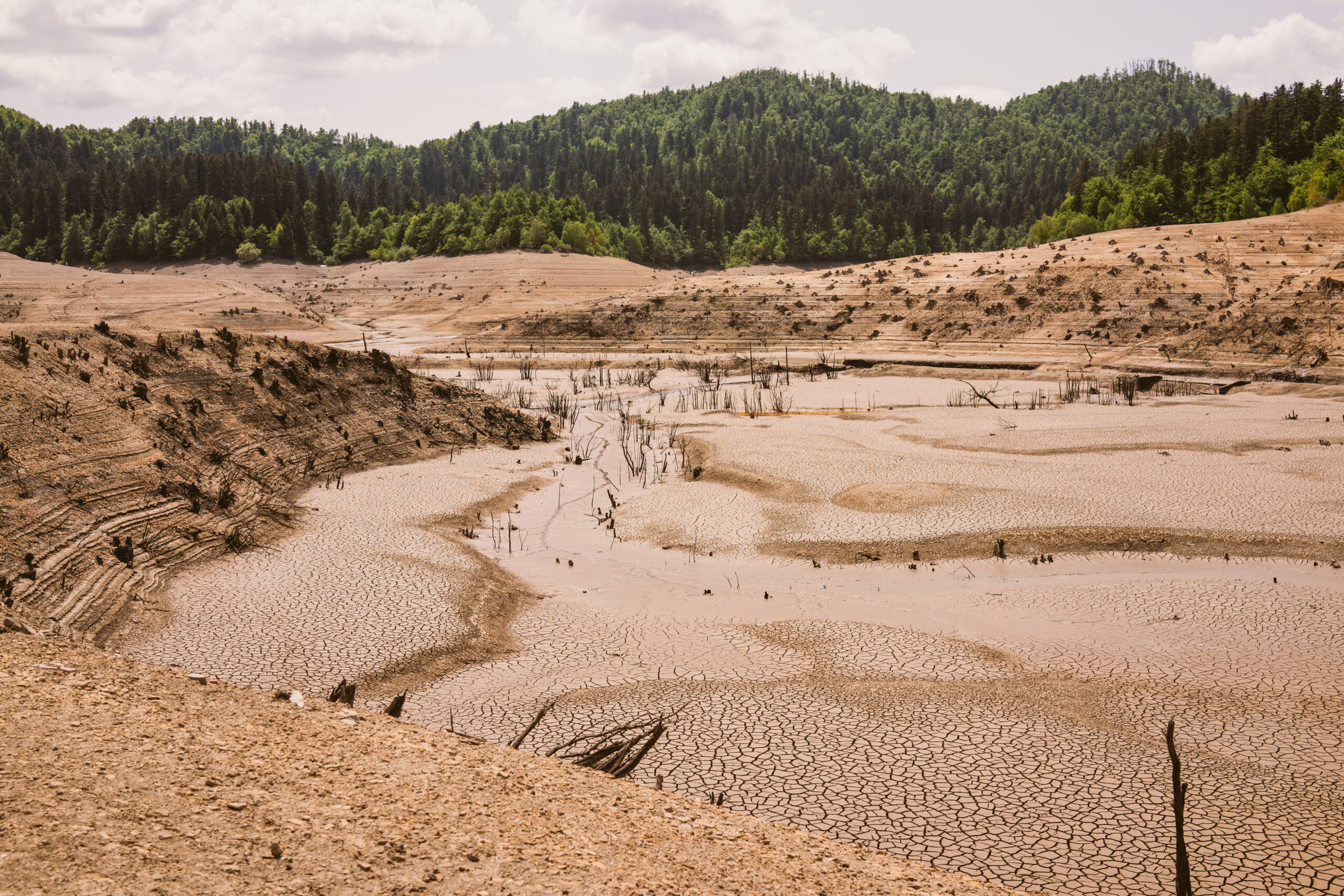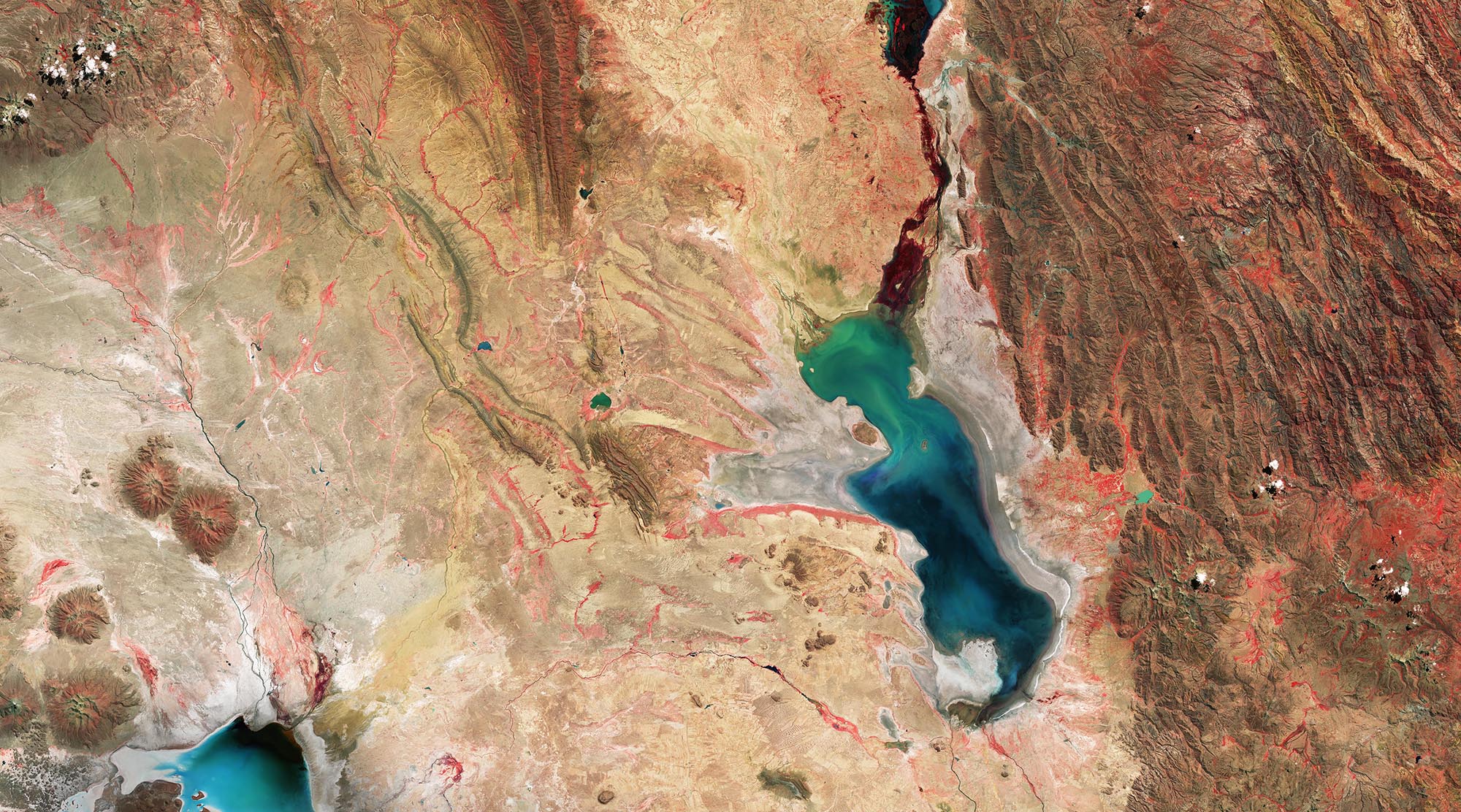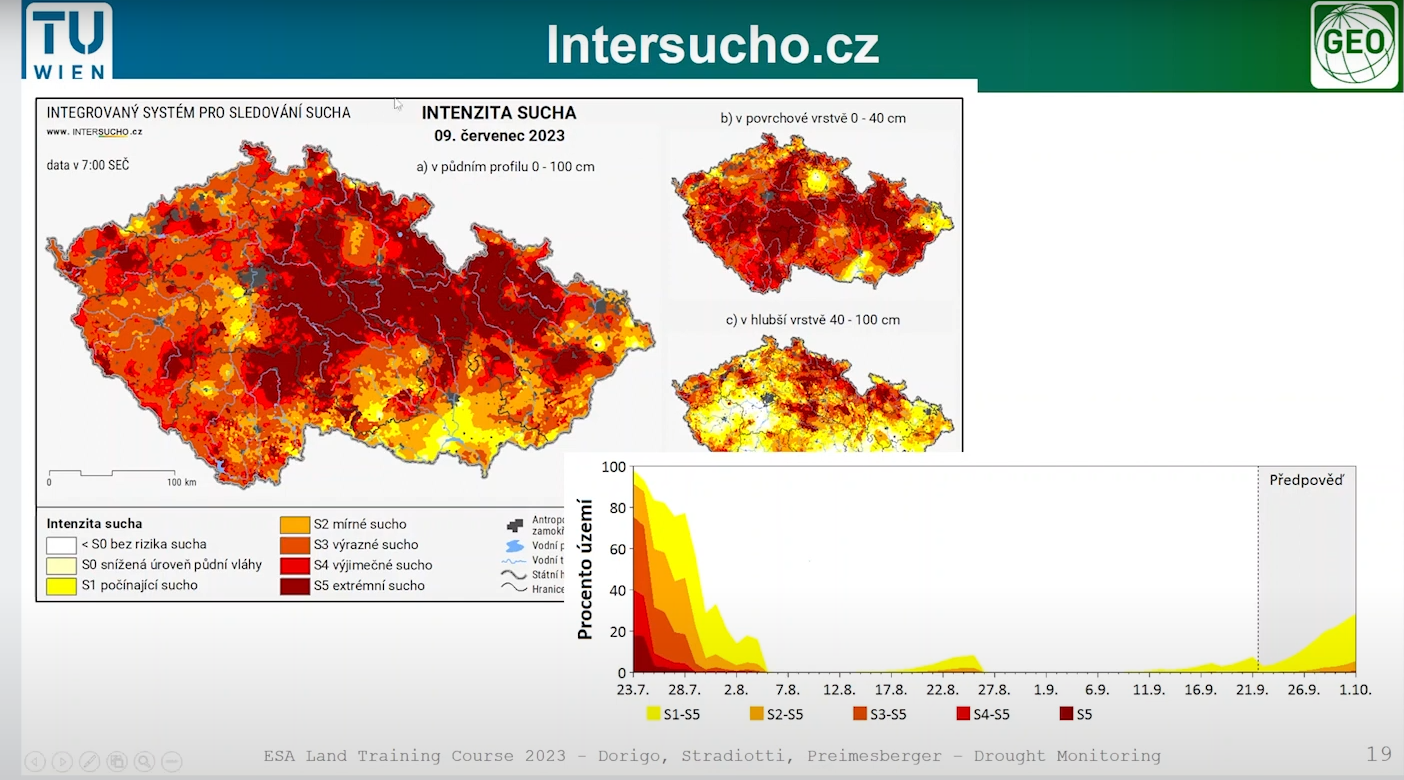Drought Indicators
EO Capability Benefits
Droughts are among the most costly natural hazards annually, with significant, widespread impacts across various economic sectors and populations. The integration of drought indicators into monitoring and forecasting services enhances stakeholders’ ability to anticipate risks, allocate resources efficiently, and develop long-term strategies to increase resilience and manage the economic impacts of droughts.
EO Capability Description
Drought affects water sources, soil, land, and the health of wildlife, plant, and man communities. Amplified by climate change, inadequate water supply can result in compromised crop production leading to poverty or famine. Commonly identified drought types include (i) meteorological drought (lack of precipitation), (ii) hydrological drought (effects on surface or subsurface water supply), (iii) agricultural drought (soil moisture drought) and (iv) socioeconomic/ecological drought (drought impacts on the affected population).
Meteorological drought is commonly defined as the degree of dryness based on Standardised Precipitation Indexes (SPI, SPEI) monitoring precipitation and temperature using meteorological data.
Agricultural drought links various characteristics of meteorological or hydrological drought to agricultural impacts focusing on precipitation shortages, differences between actual and potential evapotranspiration, and soil water deficits that can lead to crop failure. Soil Moisture is a useful indicator for upcoming droughts, especially in combination of vegetation monitoring to show signs of health stress. Monitoring crops status and trends is based on various vegetation indices (quantity and vigour of green vegetation, canopy water content) or biophysical and structural characteristics of crop canopies (leaf area index, amount of green biomass, canopy closure, chlorophyll-a and water content).
Combined drought monitoring and forecasting leverages several individual drought indicators. Precipitation, soil moisture, surface water and vegetation water content are crucial for the elaboration of such models and systems for early warning. Combined drought monitoring is based on several warning levels (e.g., watch, warning and alert). Watch level indicates precipitation shortages; the warning level is reached when a precipitation shortage results in soil moisture shortage, and warning occurs when precipitation and soil moisture deficits adversely impact vegetation health. These services offer IFIs capacity for multi-purpose and multi-scale (farm to continental level) drought monitoring and forecast.




